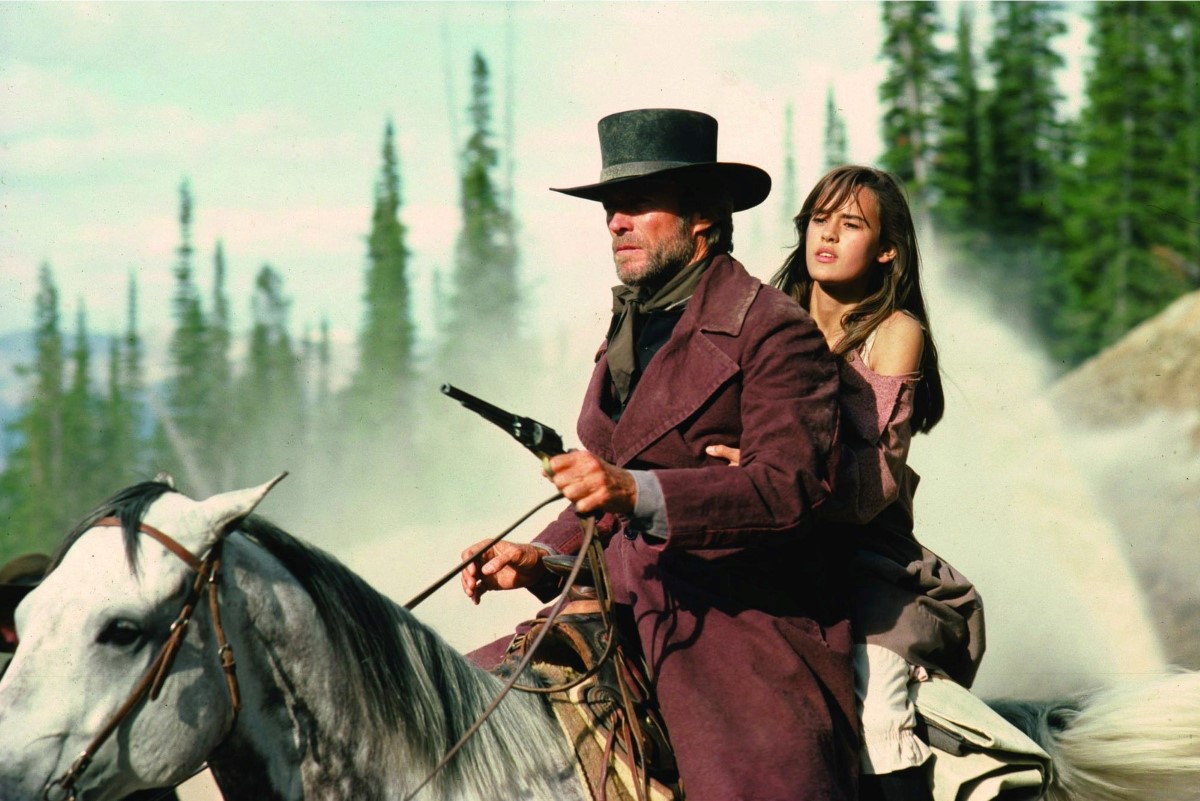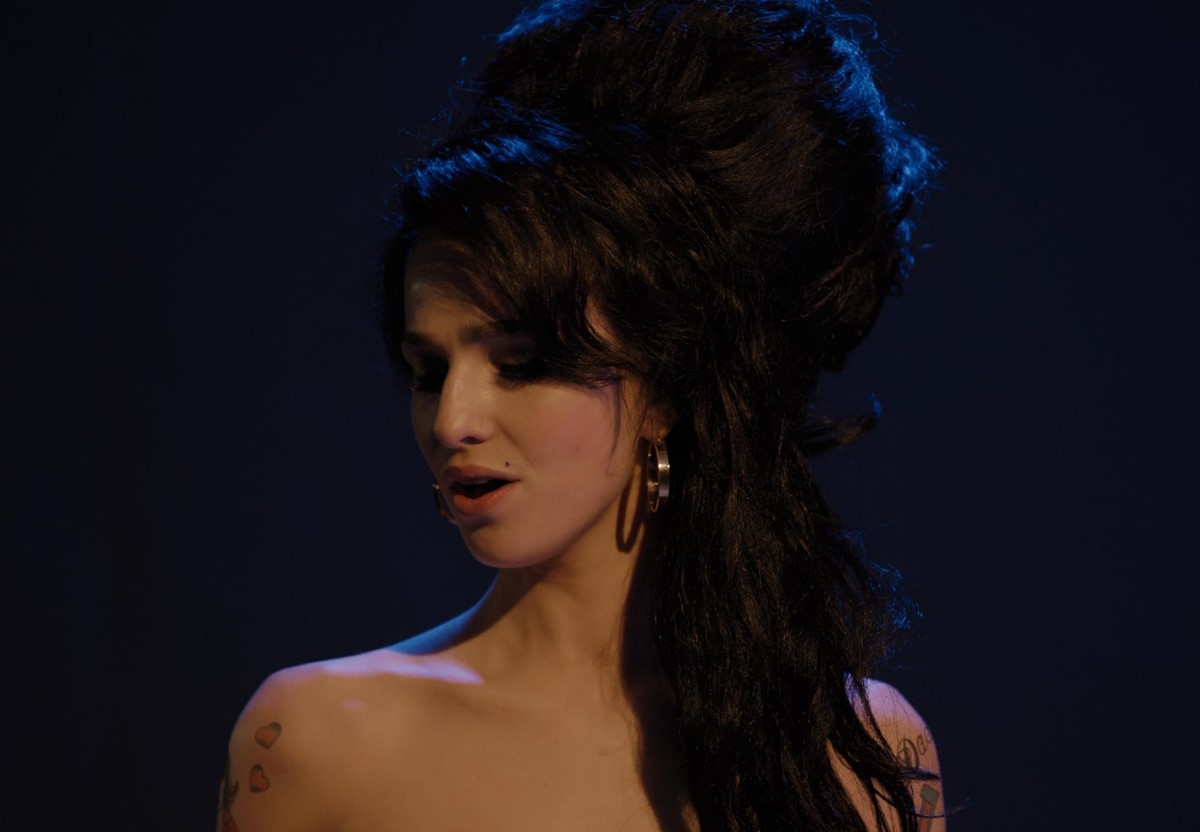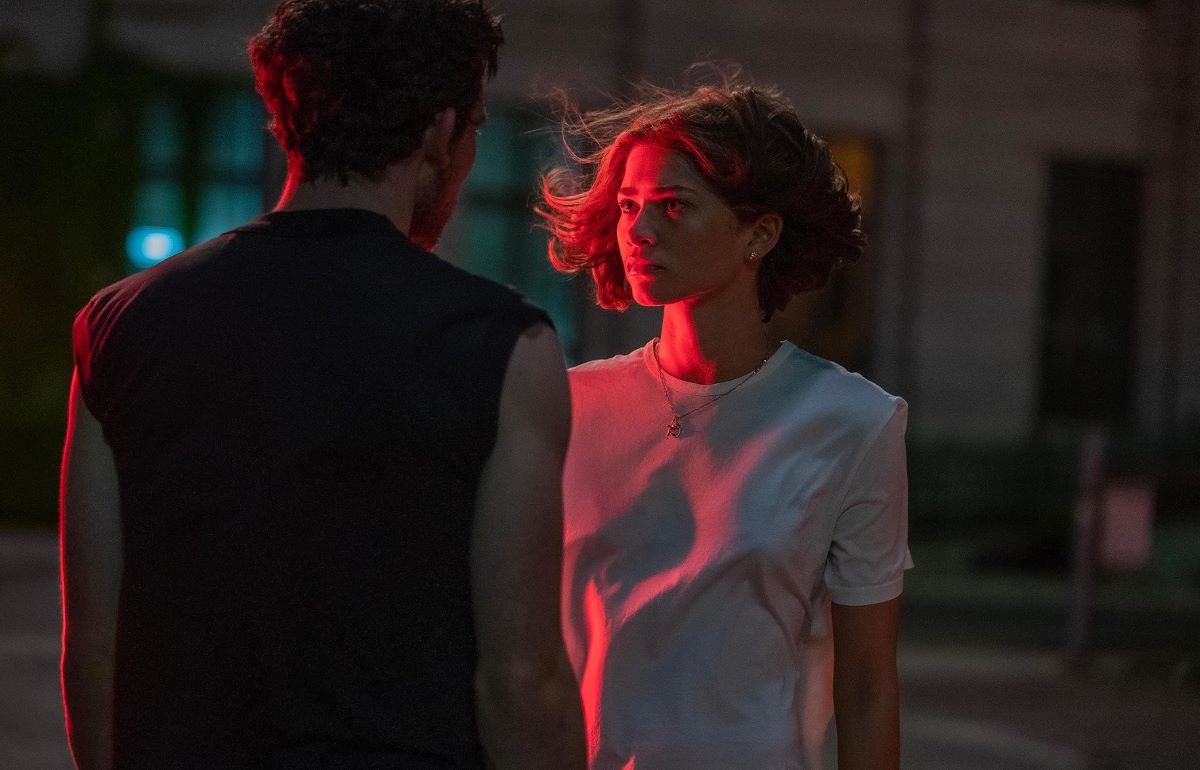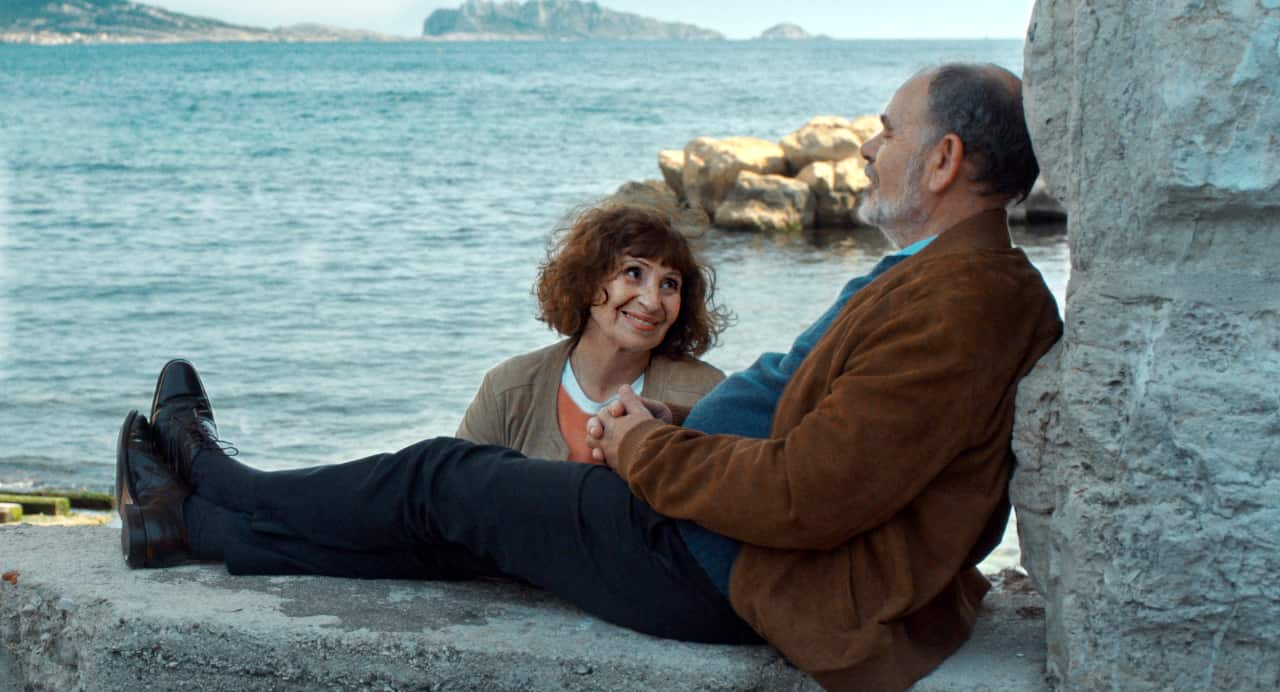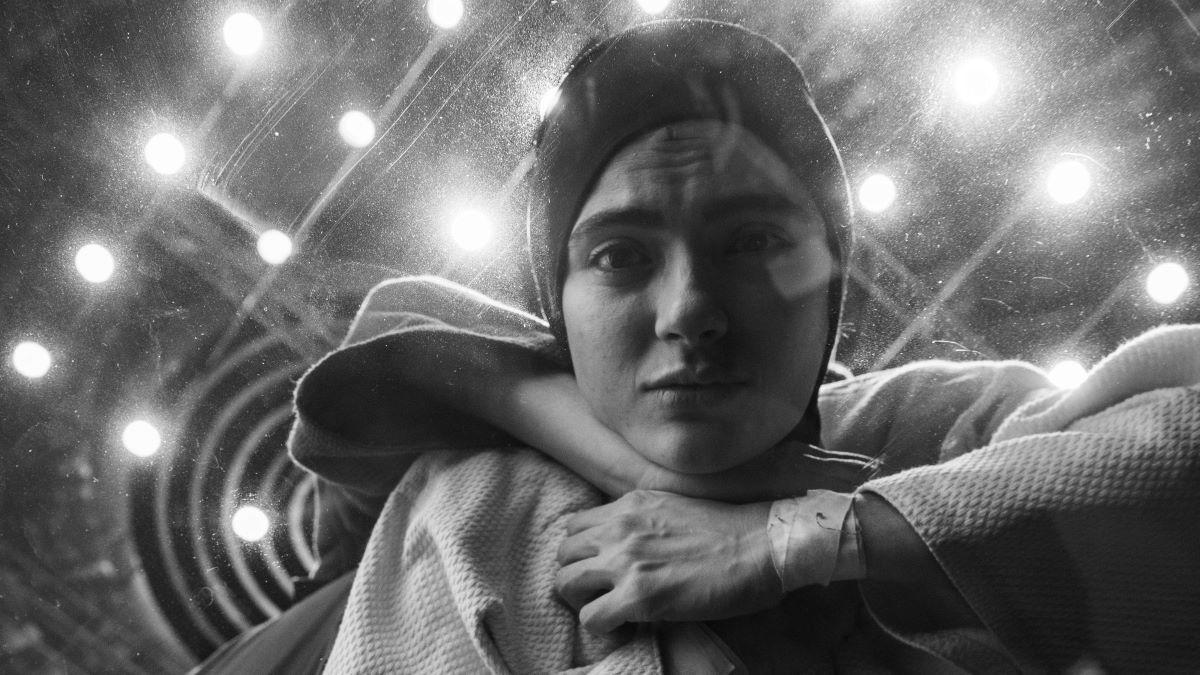by Pauline Kael
In an interview published in American Film last year, Pete Hamill asked Sergio Leone, who had cast Clint Eastwood in the spaghetti Westerns that made him an international star, just what Leone had seen in Eastwood that no one in America had spotted. Leone said, “When Michelangelo was asked what he had seen in the one particular block of marble which he chose among hundreds of others, he replied that he saw Moses. I would offer the same answer to your question—only backwards. . . . What I saw (in Eastwood), simply, was a block of marble.” When Leone was asked how he would compare an actor like Eastwood with someone like Robert De Niro (whom he had just directed), he said, “They don’t even belong to the same profession. Robert De Niro throws himself into this or that role, putting on a personality the way someone else might put on his coat, naturally and with elegance, while Clint Eastwood throws himself into a suit of armor and lowers the visor with a rusty clang. It’s exactly that lowered visor which composes his character. And that creaky clang it makes as it snaps down, dry as a Martini in Harry’s Bar in Venice, is also his character. Look at him carefully. Eastwood moves like a sleepwalker between explosions and hails of bullets, and he is always the same—a block of marble. Bobby, first of all, is an actor. Clint, first of all, is a star. Bobby suffers, Clint yawns.”
That just about sums up Eastwood: he was a world-class yawner. But in recent years he has been too self-conscious to yawn, and in his new Western he seems eager for the world’s good opinion. Pale Rider, which he produced and directed, from a script he commissioned from Michael Butler and Dennis Shryack, lifts its general outlines from Shane and its specifics from Leone, but it’s an art Western, shot in art color- shades of dirt, with gray, brown, and black trimmings, and interiors so dark you can barely see who’s onscreen in the middle of the day. Eastwood himself, a ghost who materializes as the answer to a fourteen-year-old girl’s prayer for a miracle, seems to be playing some spectral combination of Death, Jesus, Billy Jack, and the Terminator. This tall, gaunt-faced Stranger sometimes wears clerical garb and is addressed as Preacher. When he takes off his shirt, his back has shapely bullet holes, like stigmata, and when he opens his mouth sententious words of wisdom fall out of it—gems like “There’s plain few problems can’t be solved with a little sweat and some hard work.” If this is how people beyond the grave talk. I’d just as soon they didn’t come back to visit.
The story centers on the battle between the good people, gold miners called tin pans (because of their principal tool), and LaHood, a land baron who uses hydraulic strip-mining methods that scar the earth. The movie is set in the California Sierras during the gold-rush era before the Civil War, but the twenty tin pans’ claims seem to be clustered in an area smaller than a city block; they work a few feet apart, panning the little stream that runs through their campsite, and talking to each other while they work. Yet, in the midst of thousands of acres of unexplored wilderness, LaHood is determined to drive them out and grab this itty-bitty piece of land; he sends his workers on raids to destroy the defenseless miners’ sluice gates and tents and shacks and livestock. When the Stranger helps the pans stand their ground, LaHood hires a band of seven mercenaries to kill him and finish driving the others off.
Pale Rider has the kind of Western situations that were parodied years ago by Harvey Korman on The Carol Burnett Show. Once again, a harmless, likable old duffer is tormented by gunmen who force him to dance by shooting at his feet. And the movie actually establishes how bad the bad guys are by having them kill the little girl’s puppydog. (Weeping shiny glycerin tears, she picks up an obviously stuffed toy animal, and buries it; it’s on this hallowed spot that she prays and is heard.) Eastwood has been getting a lot of mileage out of dogs lately, and out of little girls, too—in Tightrope he had his own daughter threatened with rape by his doppelganger—and this dogless little girl tells him she loves him and wants him to teach her how to make love. (I know that Clint Eastwood is a big star—some say the biggest in the world. Still, isn’t it a bit unseemly for this man—he’s fifty-five now—to have a scene in his own production in which a fourteen-year-old girl wants to have sex with him?) When he declines, she rightly detects that he’s more taken with her mother (Came Snodgress), though it beats me how anybody could detect his feelings. (There don’t seem to be many disadvantages to being dead: this resurrected preacher-gunslinger is sexually potent and gets to spend a night with the mother.) Soon the little girl can’t think of anything better to do with herself than borrow a horse and ride into LaHood’s base of operations, so she can be molested by the whole evil pack, which—for a touch of the outré—includes the gigantic Richard (Jaws) Kiel, slavering with desire. The Stranger rescues her, of course, and takes her home. (Neither of them remembers to take along the borrowed horse.)
Actors love to play these misterioso bozos. Eastwood makes his entrance riding down from distant cloud-covered peaks in images that are superimposed on the maiden at her prayers; that must have been enough right there to delight him with the Butler-Shryack script. And he gets to do a lot of impassive staring, clenching his teeth and twisting his tight mouth just the teeniest bit to show anger. (He never laughs.) Eastwood (or a double) gets to twirl an axe handle so it sparkles in the sun, like John Wayne’s rifle in True Grit. Eventually, he reenacts Gary Cooper’s High Noon walk to the final confrontation, and his spurs jingle- jangle. The movie is full of recycled mythmaking, but Eastwood goes through his motions like someone exhumed, and as a director he numbs out what he borrows.
There isn’t a gleam of good sense anywhere in this picture. When the tin pans talk about not wanting to leave, because they’ve put down roots here, and say that they came to this site to raise children and that they have family graves here, you think. They’ve been working these dinky claims for generations? They must be crazy. But the music track is reverential, as is to be expected when people talk of family values. Eastwood came up with the idea for this movie himself, but could Butler and Shryack have started out with a script about homesteaders, decided to make it look a little different from Shane by changing them to gold miners, and failed to make the necessary readjustments? (This may be an ecologically minded Western, but it’s strip-mining Shane.) Plot details are slovenly. It’s explained that Carrie Snodgress’s husband simply took off. but his still being around somewhere doesn’t seem to bother Michael Moriarty, the leader of the pans, who keeps asking her to marry him. And Moriarty has a baffling sequence of riding into town for supplies, passing over patches of snow (the shots don’t match), and then arriving at the store and talking cheerily about putting in provisions before the cold weather comes, as if it were weeks in the future.
Horses are supremely photogenic, so a Western always has something going for it. But Pale Rider, with its attempt at a folkloric hero, doesn’t provide what Eastwood’s public can usually count on in his tough- cop pictures: the tension that makes him dangerous. When Eastwood’s cop. baiting a bad guy, says, “Make my day.” it’s a laugh line, because he’s acknowledging what the audience already knows—that he’s holding back, that he wants to shoot. The climactic gunfight in Pale Rider is a bust, because although Eastwood as Avenging Angel gets to knock off all seven mercenaries, he isn’t revved up. Is it the art bug that got into him? He kills them methodically. It’s like target practice, and the audience doesn’t get the charge it gets from his chief emotion when he’s Dirty Harry—his feeling angry so deep down that he’s almost trembling, he’s on the verge of exploding. (What’s disgusting about the Dirty Harry movies is that Eastwood plays this angry tension as righteous indignation. He never seems to examine the insides of the character.)
As an actor, Eastwood never lets down his guard. His idea of being a real man is that it’s something you have to pretend to be—as Sergio Leone put it, he’s wearing a suit of armor. This actor has made a career out of his terror of expressiveness. Now here he is playing a stiff, a ghost. It’s perfect casting, but he doesn’t have the daring to let go and have fun with it. Even as a ghost, he’s armored.
The New Yorker, August 12, 1985

